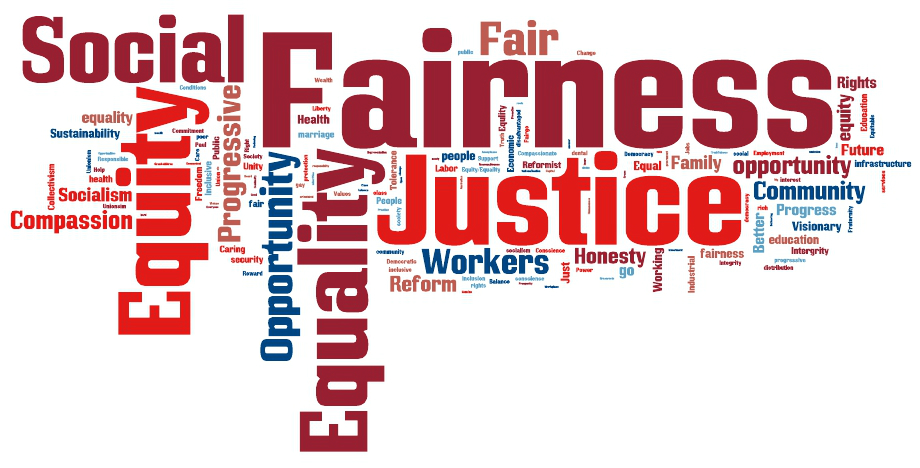Many of the Americans moved from towns to go and live on the outskirts so that they could secure the employment opportunities that the black people needed. This led to the rise in ghettos, which were characterized by high crime rates due to the high unemployment rate. The fair housing act also prevents discrimination in housing based on family status. In addition, the act provides guidelines for handling cases of discrimination, which are customarily filed through the Department of Housing and Urban Development.
AN OVERVIEW OF HOUSING DISCRIMINATION
According to various sociologists, housing discrimination has led to separation for instance, situations where houses are sold through sorting and bidding, which does not favor the low-class people. The federal housing act deters against various acts of housing discrimination which include;
•Landlords refusing to rent their houses to people of a a particular race
•Landlords demanding sexual favors before renting houses
The US Department of Housing and Urban Development provides a platform where tenants can lodge a complaint if their rights are being violated. The HUD will then conduct a probe to ascertain whether conciliatory measures will solve the problem. HUD deals with all aspect of housing discrimination, but for workplace discrimination, you must turn to the Equal Employment Office at the Department of Labor.
THE US DEPARTMENT OF LABOR’S OFFICE OF EQUAL EMPLOYMENT (EEO)
The main objective of this law is to advocate for excellent working conditions for workers and to give them job opportunities. In addition, the department is also focused on collective bargaining and has also established a platform where workers can easily air their grievances. Equal employment opportunity basically forbids workplace discrimination. The US Department of Labor has two main agencies that deal with the enforcement of EEO.
1.The Office of Federal Contract Compliance Programs which looks at contracts and subcontracts
2.Civil Rights Center which is charged with leading all the EEO programs and activities.
Discrimination in employment generally entails aspects such as firing, promotions, employee transfer, salary range and discrimination in the job application. The US Department of labor has a well laid out executive order, which requires the implementation of affirmative action in the workplace to increase employment of women and people with disabilities in companies. Affirmative action activities comprise programs that analyze conditions of workplaces and strategies that are needed to create employment opportunities for people.
To combat housing discrimination, the government of the United States is adopting some more efficient strategies. One of the top techniques is to broaden the tax incentives that will incorporate low-income housing even in remote areas. Another approach is to use policies that will help in the construction of residential properties, particularly for people of color. The end goal for these two approaches is to increase housing units for low-income earners significantly.

